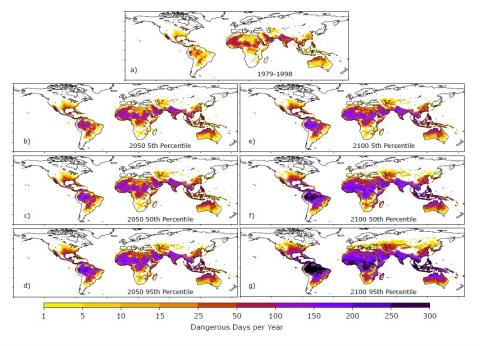Reaction: marine heatwaves last up to twice as long in deep water as at the surface
Most research has studied marine heatwaves at the sea surface. Now, a study published in Nature Climate Change analyses the effects of these phenomena at depths of up to 2,000 metres. The research, based on data from waves occurring between 1993 and 2019, shows that these waves tend to be more intense between 50 and 200 metres, and that their duration increases up to twice as much with depth compared to the surface, which has an impact on the marine fauna living in that area.

Ángel Borja - olas calor marinas EN
Ángel Borja
Principal Researcher in the area of Environmental Management of Seas and Coasts at AZTI and editor-in-chief of the journal Frontiers in Ocean Sustainability
I find this article very relevant, because marine heat waves and their effects have been studied mainly in the intertidal zone and at the surface, so there is little work in the deep sea. This work is very well documented and asserts that the data, which come from Copernicus (satellite) reanalyses, have been cross-checked with sufficient in situ measured data. This ensures their quality and replicability.
Until now, it has not been shown that the intensity was higher in subsurface areas than at the surface. This is of great importance and implication, since the largest biomass of organisms (invertebrates and fish) in the ocean is in the mesopelagic zone, between 200 and 1,000 metres deep. It is in this zone that what some have called the largest daily migration of animals on the planet occurs, as each night they approach the surface and then descend again.
The fact that temperature conditions (and other associated conditions, such as salinity or oxygen) change in this area during heat waves may compromise the viability of the large community of species found in this area (245 species of fish alone), which are of great importance in the ocean's food web and, therefore, in the maintenance and sustainability of marine resources. Obviously, according to the data provided, this could also affect our coasts, since the Atlantic is one of the areas affected.
As with any scientific paper, with more data and in situ validation, the problems at a more local level can be further refined and refined, but the paper is a good starting point for further research into the effects of heat waves in sub-surface and deep sea areas.
Eliza Fragkopoulou et al.
- Research article
- Peer reviewed



